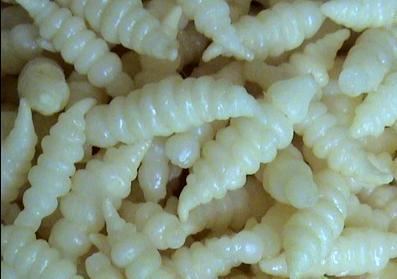Rank Species | Genus Stachys Higher classification Stachys | |
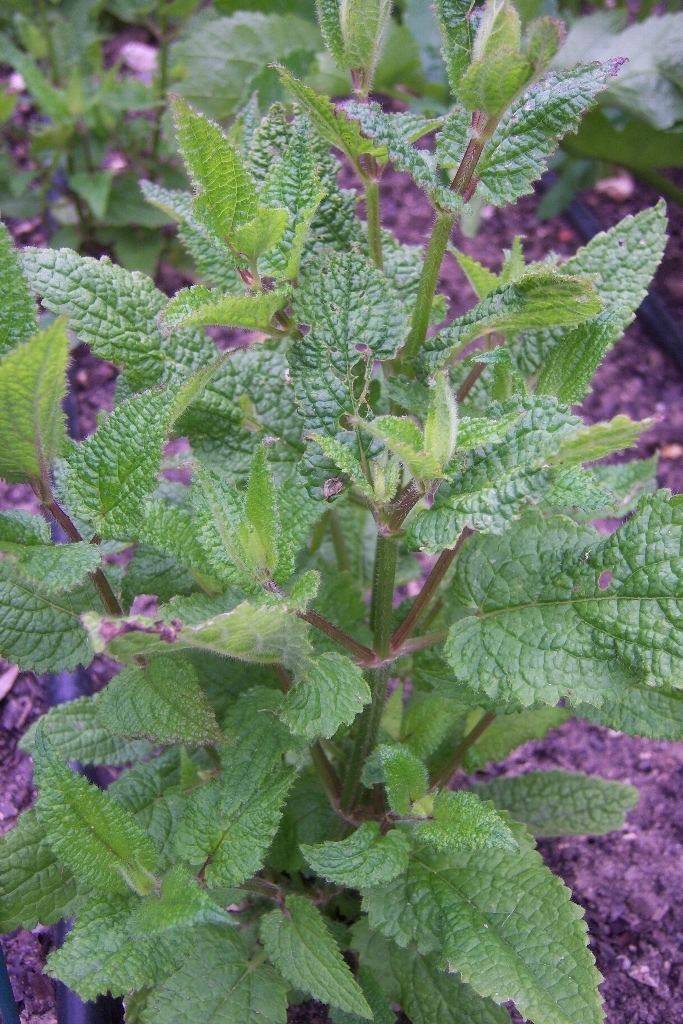 | ||
Similar Stachys, Jerusalem artichoke, Oxalis tuberosa, Purple Salsify, Black salsify | ||
Chinese artichoke tuber crosnes stachys affinis
Stachys affinis, commonly called crosne, Chinese artichoke, Japanese artichoke, knotroot, and artichoke betony, is a perennial herbaceous plant of the family Lamiaceae, originating from China. Its rhizome can be grown and eaten as a root vegetable.
Contents
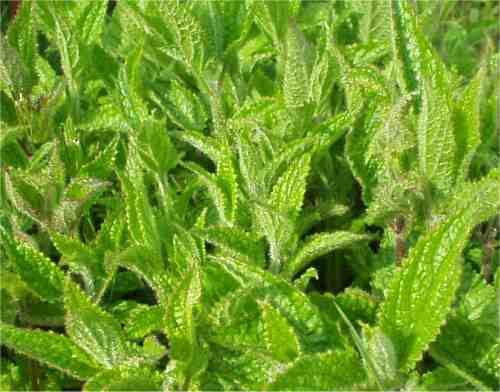
Description
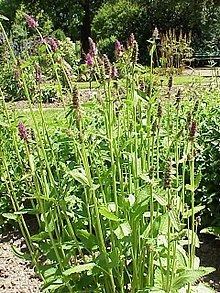
While the plant is easy to grow, the tubers are small, convoluted, and indented, so they are considered very tedious and difficult to clean properly. The thin skin ranges from a pale beige to ivory-white colour. The flesh underneath, under proper cultivation, is white and tender. Chinese poets compare it to jade beads. The tubers are harvested in the fall season in the Northern hemisphere.
Culinary use
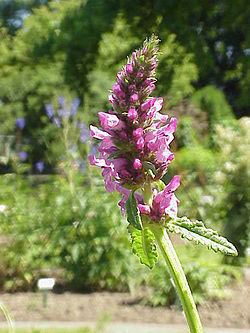
The flavor of the stem tubers is delicate, and they can be prepared similarly to Jerusalem artichokes in cooking. It is used as a vegetable, in salad compositions, but more so as a garnish. It has a nutty flavor.
In Chinese and Japanese cuisine, the Chinese artichoke is primarily pickled. In particular, its tuber is a part of Osechi, cooked for celebrating Japanese New Year. Dyed red by leaves of red shiso after being pickled, it is called chorogi.
In French cuisine, its cooked tuber is often served alongside dishes named japonaise or Japanese-styled.
